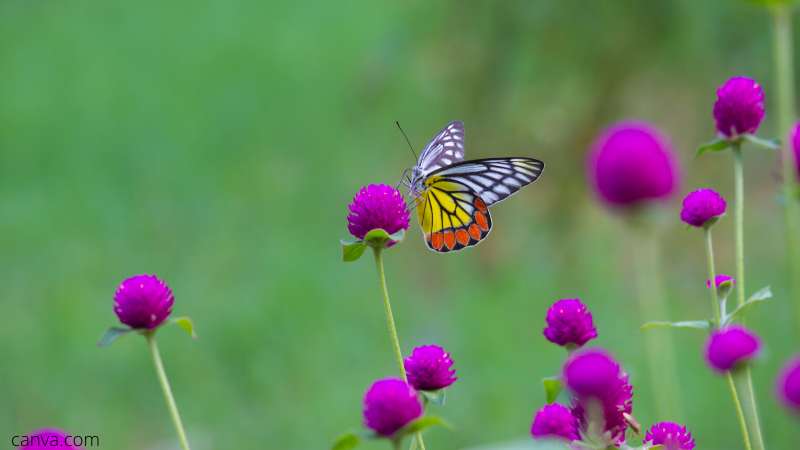Specific reductions in the use of mineral fertilizers and pesticides, as well as a target for the increase in the land under organic management, are among the 2030 Commitments of the EU Biodiversity Strategy.
In a draft seen by ARC2020, the document lists the following noteworthy targets:
“The risk and use of chemical pesticides is reduced by 50% and the use of high-risk pesticides is reduced by 50%”
“At least 10% of utilised agricultural area is under high-diversity landscapes, like buffer strips, rotational or non-rotational fallow land, or landscape features (hedges, non-productive trees, terrace walls, ponds, etc.).”
“The uptake of agro-ecological practices is significantly increased and at least 25% of agricultural land is under organic farming management.
“The losses of nutrients from fertilisers to the environment are reduced by 50% and nitrogen use is reduced by 20%.”
there are also “”binding nature restoration targets” due in 2021, and three millions tress to be planted across the EU, “in full respect with ecological principles favourable to biodiversity and forest resilience.”
Other Commitments, in particular in relation to fisheries, show less specificity, being as they are indirect and un-targeted: “negative impact on sensitive species and habitats including on seabed through fishing and mineral extraction activities” is to be “reduced”; while by-catch is to be “eliminated or reduced” and by-catch of other specifies to be “eliminated or minimised”. While there is a commitment to protected 30% of the EU Sea area, of the 15 points in the commitments section, there are however no specific targets for fisheries.
The Commission is frank in its description of a lack of EU governance framework, and proposes “a
new biodiversity governance framework, to map these obligations and commitments, and to set out a roadmap for and guide their implementation.”
It continues, “as part of this new Framework, a monitoring and review mechanism, established and
coordinated by the Commission and based on a clear set of agreed indicators, will regularly
assess progress and indicate corrective action if necessary.”
Interestingly ,the Commission commits to assessing “in 2023 whether a legally-binding approach to the EU biodiversity governance framework is needed and if so, will present proposals to that effect by 2024.”
The Strategy also notes that “although legislation is fit for purpose, implementation on the ground is lagging behind, with disastrous consequences on biodiversity and with a very high economic cost”: it will support civil society’s role “”as a compliance watchdog”.
To fund this work ,at least E20 Billion a year should be unlocked to be spent on nature, utilising EU national and private support, while “user pays and “polluter pays principles have to be applied to prevent and correct environmental degradation.
The EU Biodiversity strategy, having been delayed like the Farm to Fork strategy, is set to be announced on May 20th.
You can read the full document here
More on Farm to Fork
40 Organisations Demand April Publication for Farm to Fork, Biodiversity Strategies
Poking Holes in Farm to Fork: Health Groups Take The Strategy’s Temperature
Poking Holes in Farm to Fork: Environmental Groups Seek a Coherent Vision






2 Trackbacks / Pingbacks
Comments are closed.